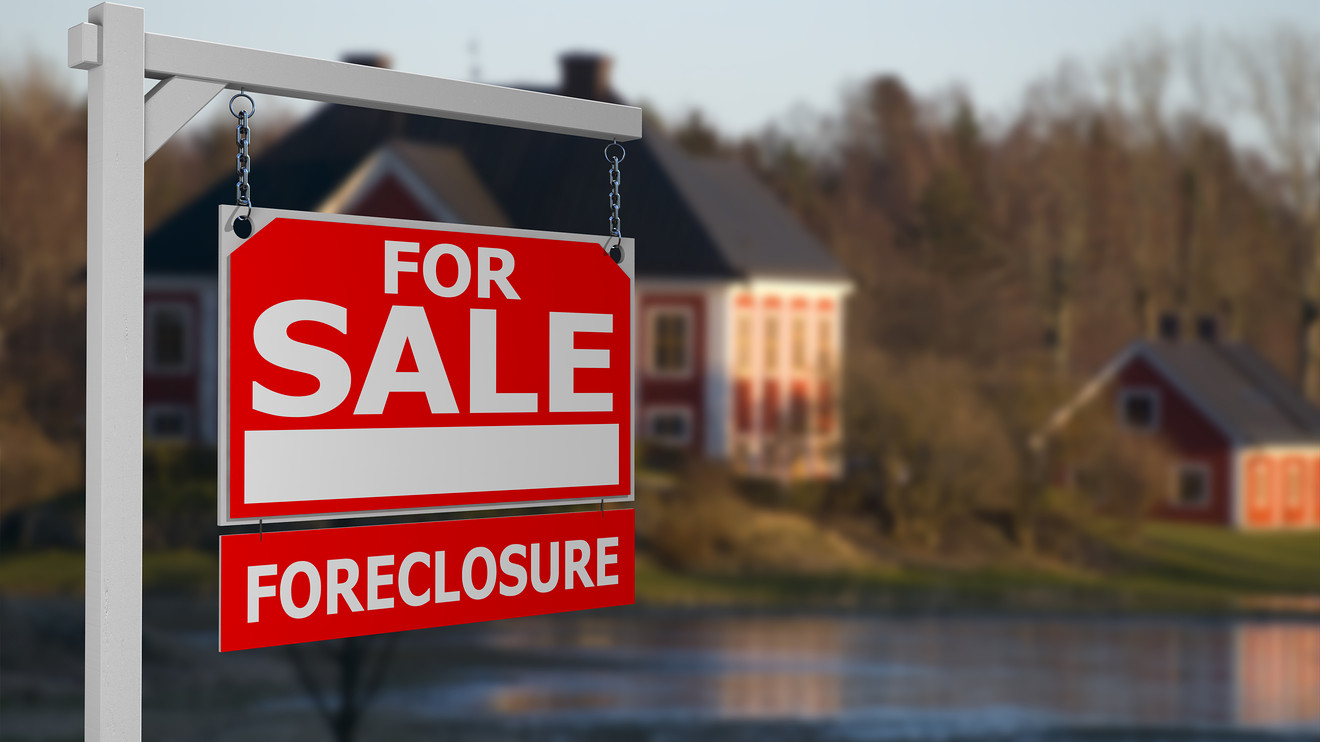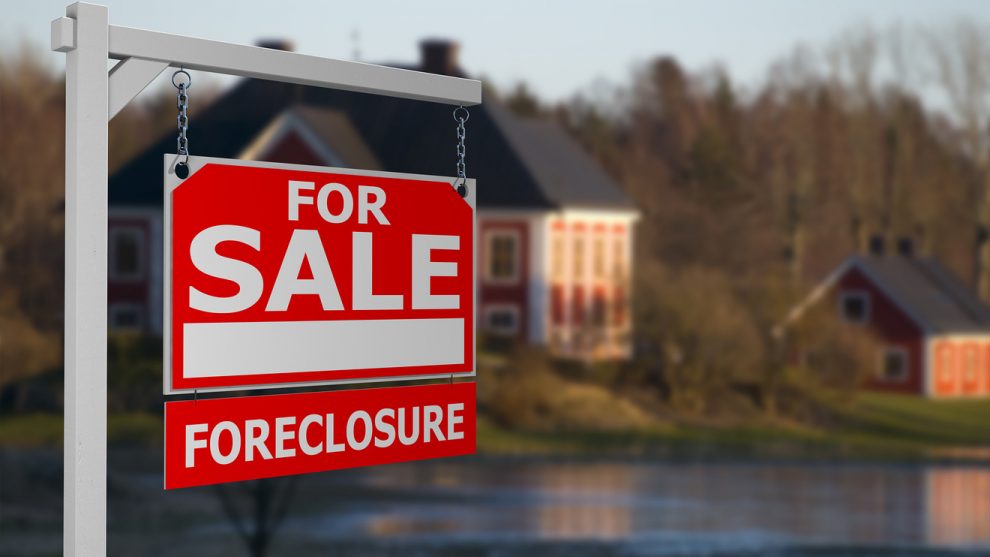
The last time the U.S. economy suffered such a severe decline was in 2008 during the Great Financial Crisis. That calamity originated from within the financial sector, and in particular the housing industry. As millions of Americans defaulted on their mortgages, America’s financial system came into question as several financial institutions faced bankruptcy.
During and after the crisis, I had a front row seat as the CEO of CitiMortgage, and I helped lead my firm’s response. Here we are 12 years later, and a public health crisis is metastasizing into problems in the housing sector, as millions of Americans are again unable to make their mortgage payments. Here are three lessons that we can draw from the 2008 crisis, so that we can emerge from the current troubles stronger and faster:
1. Losing a job shouldn’t mean also losing a home: More than 860,000 families lost their homes in 2008, with more than 3 million foreclosure notices issued the same year. The problem persisted as there were 2.9 million notices in 2010. Despite several financial institutions having foreclosure prevention programs, these measures were not strong enough.
When I was at CitiMortgage, we knew that foreclosing on customers when they didn’t have a job wasn’t the responsible thing to do. A foreclosure isn’t optimal for the homeowner or the lender. Instead, we saw ourselves as partners in which we worked with homeowners to develop a pathway to get them back on their feet. During the 2020 pandemic, there have already been more than 3.5 million requests for forbearance, and the firm that I lead has received and processed tens of thousands of requests. Forbearance is a better solution than foreclosure because homeowners must have an opportunity to keep their houses. It’s imperative that lenders work with borrowers to develop a payment plan that is both responsible and reasonable. At my firm, I don’t just focus on generating new loans, but also on how many customers we’re helping to stay in their homes.
Read: How the coronavirus pandemic could forever change home buying and mortgage lending
2. Practice responsible finance: A primary cause of the 2008 crisis was that many financial institutions didn’t act responsibly or prudentially. After the crash, we at CitiMortgage implemented a “Responsible Finance Initiative,” in which we articulated guiding principles for our firm. Before we took an action, we considered three questions: (1) Is what I’m doing creating value? (2) Are my interests aligned with customers? (3) Is what I am doing adding more systemic risk to the financial system?
While the current crisis didn’t emanate from irresponsible lending practices, now is still an opportune time for employees at all financial institutions to ask these same questions. As we navigate a recovery from the 2020 pandemic, let’s make sure that financial institutions don’t adopt irresponsible lending practices. What’s more, firms can implement customer-centric programs. For example, my firm has experienced a surge in call volume from people with questions about their mortgage. We’ve taken this opportunity to bolster servicing capacity and explored how to leverage artificial intelligence to deliver more timely service.
3. Promote communication between banks and core housing lenders: More than 50% of all new mortgages are originated by core housing lenders, which means there is a different risk profile to the housing industry in 2020 than in 2008. Large financial institutions that originate loans typically have some type of credit risk, the possibility that a borrower many not repay a loan. While core housing lenders also have some measure of credit risk, they also carry liquidity risk. Because core housing lenders don’t have customer deposits, these institutions don’t have ready access to funding.
During the current crisis, the liquidity positions of core housing firms have come into sharper focus, and the federal government is evaluating potential solutions. It’s important that executives at core housing firms are having meaningful conversations with their counterparties at banks. Indeed, banks provide warehouse lending services to core housing lenders, and it’s crucial that these facilities remain available. By working together, bankers and executives at mortgage lenders can get ahead of what could become a worse situation for the housing sector.
Sanjiv Das is the CEO of Caliber Home Loans. Previously, he was the CEO of CitiMortgage from 2008 to 2013.
Read: Another bailout for U.S. car makers may be coming. Here’s how to get it right this time
More: Frontline workers in this coronavirus-damaged economy need money as well as applause











Add Comment